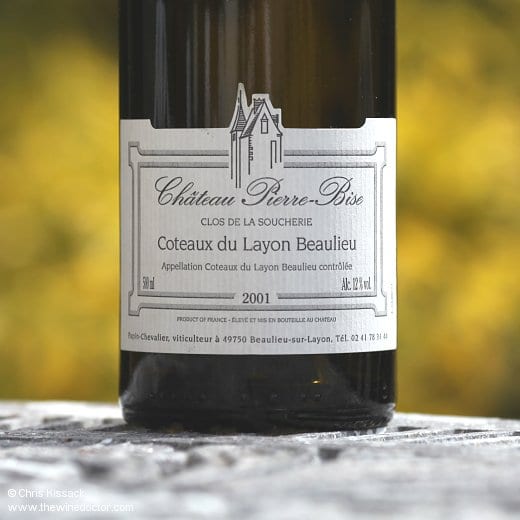Loire Valley Wine Guide: Sweet Winemaking
It wouldn’t be possible, in even the briefest canter through the wines of the Loire Valley, to not take a look at the region’s sweet wines. Indeed, I am aware that for some drinkers, those more focused on the classic ageworthy wines from as Bordeaux and Burgundy, or more epicurean types who cherry-pick the very best from across all the world’s wine regions, the sweet wines of the Loire Valley might be the only reason they come here.
Here in this final ‘winemaking’ instalment of my Loire Valley wine guide I examine the production of sweet wine as it pertains to the region. As with other parts of this guide, I don’t aim to provide a totally comprehensive overview, examining every step along the way from picking to bottling, but will focus on a few very significant features and steps in the process. I begin, however, with a very basic introduction to the style.
An Introduction to Sweet Wines
Although at first glance it might seem an unnecessary statement, sweet wines are those where the alcoholic fermentation has been incomplete, leaving behind some unfermented sugar. This sugar comes from the grapes, as although it is legal to chaptalise with sugar during the fermentation in order to inflate the final alcohol level a little in dry wines, most appellations quite rightly prohibit this in the production of sweet wines. This is usually achieved through the inclusion of a minimal permissible level for the concentration of sugar in the harvested fruit, or in the must once the fruit has been pressed, or indeed both. If the sugar level isn’t high enough (and this level will be well beyond the sort of level required for dry wines), then the fruit or must can’t be used to make sweet wine. Once the yeasts have turned much of the sugar into alcohol, the rising alcohol levels eventually cause the yeasts to die, they leave the wine rich in unfermented residual sugar. A sweet wine is born. Simple, no?
In reality of course there are many more nuances to the process than this simple introduction at first suggests. The concentration of sugar in the grapes, often expressed as potential alcohol (1% or 1º potential alcohol equates roughly to 18 g/l of sugar), can be very variable, and it can climb greatly in the presence of botrytis rot. This can impact greatly on the style of wine the vigneron will make. In addition, selective picking of botrytised berries can produce part-harvests with incredibly high levels of potential alcohol, alongside normally ripe grapes with normal levels of potential alcohol. This means there is an opportunity to ‘mix it up’ a little, perhaps including some of the fresher grapes in with the very sweet ones. The sugar concentration can also be adjusted, by drying, as has been practiced by Christophe Réthoré at Domaine Réthoré-Davy, or by cryo-extraction, as Florent Baumard has long favoured at Domaine des Baumard.

